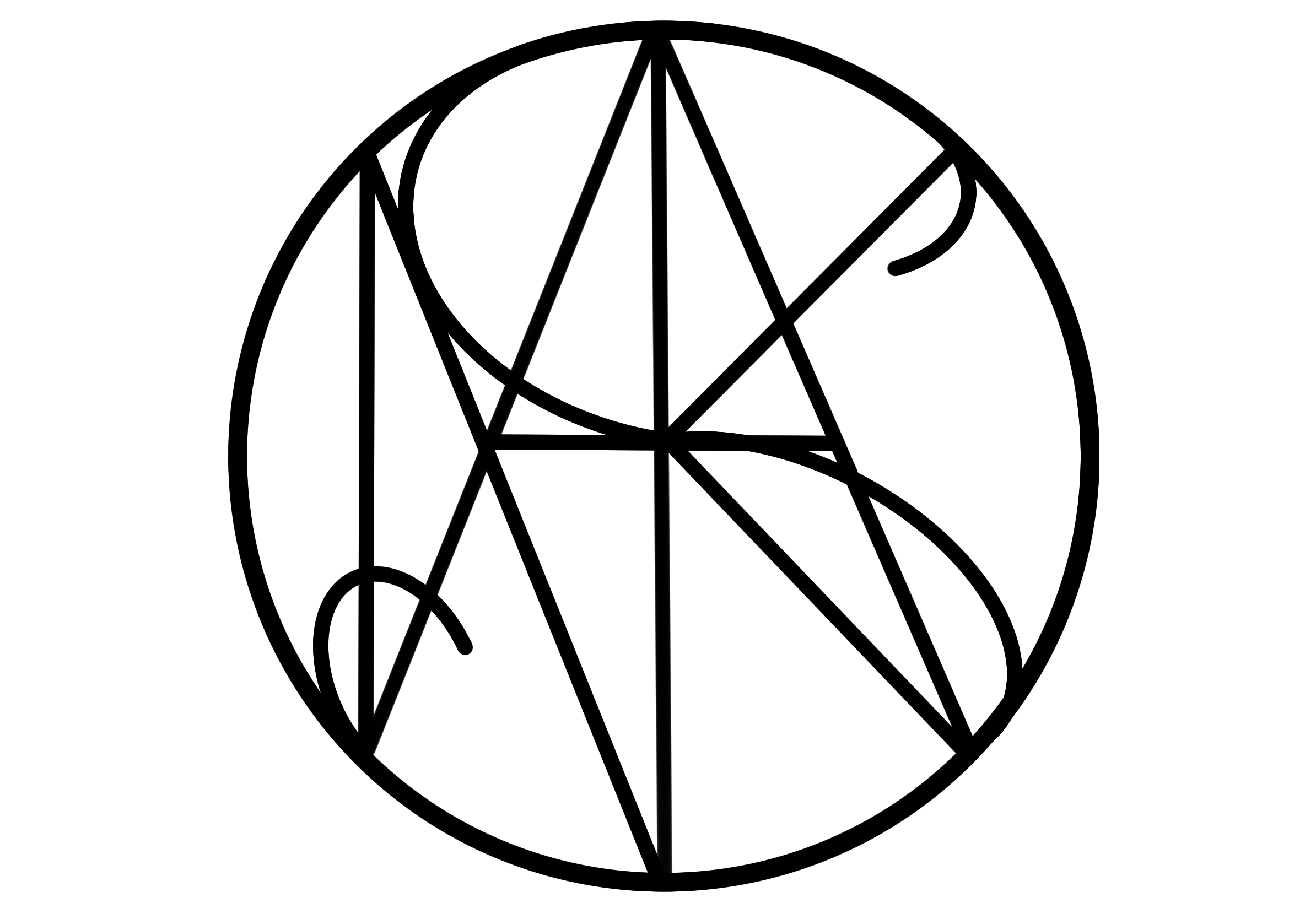Site Visit
Site Visit
The purpose of the land survey way to gain accurate data on the existing parking lot and topography of the project area. The process for setting up the survey began with selecting a location for the GPS base station to reference the other points collected. The points collected for the survey were taken approximately 10 ft apart in both the north-south and east-west directions. All corners of the project site were taken as well to mark the boundaries of the site.
Equipment
· GPS Base Station
· GPS Rover
· Tripod
· Data Collector
· Rod
Soil Samples
Four soil samples were taken from the site to be tested in the lab. These samples were collected by digging a six-inch-by-six-inch test hole with shoves. The soil samples were placed into five-gallon plastic bags to be tested at Northern Arizona University. Once samples were collected the holes were backfilled with remaining soil and surrounding soil.
Vegetation Survey
The purpose of the vegetation survey was to identify larger areas of vegetation in the proposed parking lot area, along with any saguaro cacti and ironwood trees that cannot be moved or destroyed.
Visitor Count
The data for the visitor count was provided by the Saguaro National Park. This data is specific for the Loma Alta Trailhead. It was collected by having pneumatic tubes stretched across the roadway near the entrance of the trailhead.
The data received from the client was given in total number of cars visiting each month. The team then took these values and turned them into an average daily visit per month. March for both year 2020 and 2021 has the most visitors due to weather.
The following tables are traffic counts provided by Rich Goepfrich.
Compaction Testing
For the compaction test, the team used a light weight deflectometer, a device that performs a compression test on site that doesn’t need to disturb any soil. The team used the deflectometer in numerous places to test for the modulus of elasticity. The different locations tested were shown in figure 5 above as those were the sites the team used the deflectometer. Combined with the other tests, this data will help the team develop a final design and determine if the design requires a cut and fill subgrade or if the in-situ material could be useful. From the results below, one can see that the soil that is present at the site is super stiff and is not elastic at all. This confirms what the team saw at the site that many places, bedrock could be seen from the naked eye.
After doing a complete geotechnical analysis, the findings from the compaction test were proven correct. With the composition of the soil being stone fragments, gravel, and sand that means the modulus of elasticity must have been high. With that high of a modulus, as well as the composition of stone fragments, gravel, and sand the soil must be of a good subgrade. This was proven correct by the AASHTO Soil Classification Chart. From the chart one could see that the team’s soil classified as a A-l-b which falls under a good to excellent subgrade. With the in-situ soil being of a good subgrade, the team can deduce that there is no urgent need for a cut and fill since the design can be built upon what soil is there.
